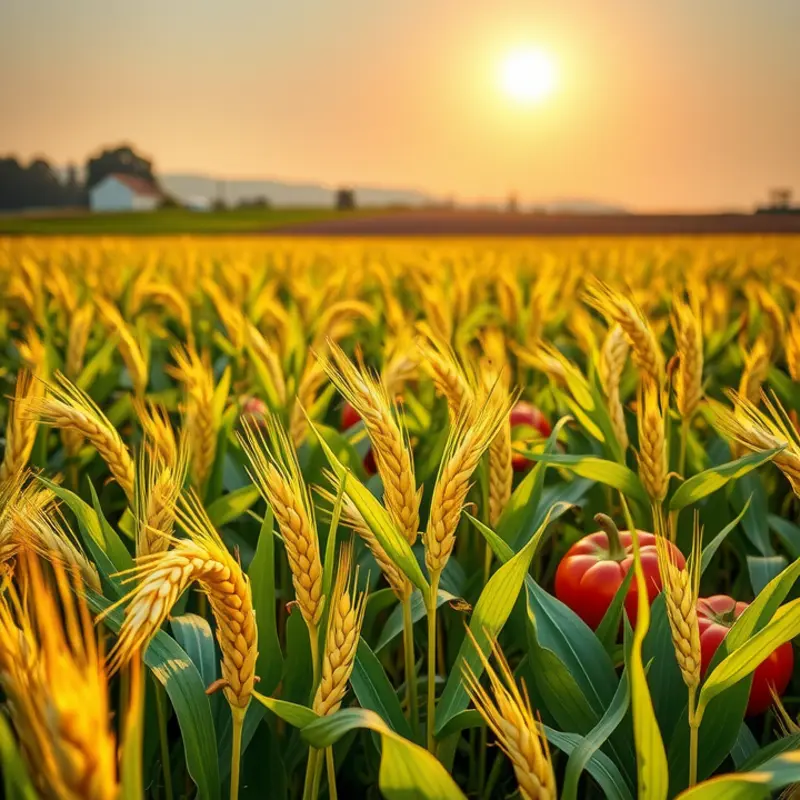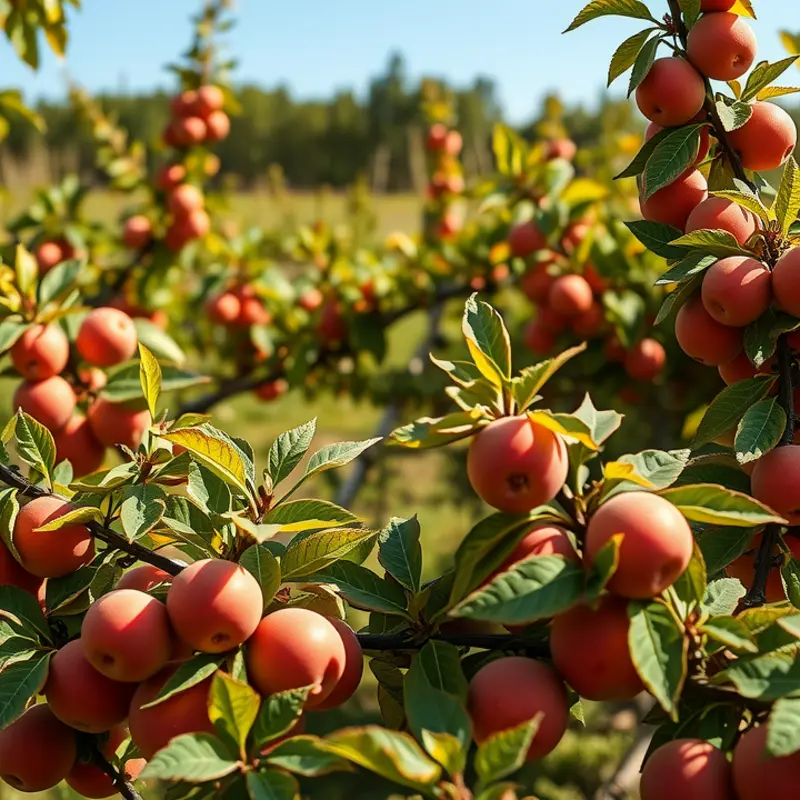Preparing for emergencies goes beyond just having access to immediate food supplies. Shelf-stable foods are crucial for ensuring your family is well-fed during unforeseen events. Understanding how to effectively store these foods can minimize waste while improving management practices at home. With practical strategies, you can not only stock up but also maintain an organized food system that supports health and safety in any situation.
Choosing the Right Shelf-Stable Foods

When preparing your emergency food supply, selecting the right shelf-stable foods is crucial. These foods should meet your nutritional needs, offer versatility, and boast long shelf-lives. Canned goods are among the most practical options. They often contain fruits, vegetables, meats, and soups, providing a broad spectrum of nutrients. Opt for low-sodium and no-sugar-added varieties for healthier choices.
Dried fruits, for instance, can serve as quick snacks or mix-ins for various dishes, offering natural sweetness along with essential vitamins and minerals. In terms of longevity, dried fruits, if stored properly, can last for quite a long time. Be sure to keep them in airtight containers to maintain freshness.
When considering grains, you have several choices like rice, quinoa, and oats. These staples not only have an impressive storage life but also deliver carbohydrates necessary for energy. Quinoa even offers a substantial amount of protein, making it a versatile addition to any meal.
Beans are another excellent choice due to their high protein and fiber content. Available both canned and dried, beans can be used in numerous recipes—from stews to salads. For instance, including a chickpea salad in your emergency food prep could be both nutritious and satisfying. Explore a fresh chickpea salad recipe here.
To cover dietary restrictions or preferences, include gluten-free grains or plant-based proteins like lentils. These offer essential nutrients sans common allergens. Balancing your selection ensures that you cater to everyone’s needs in an emergency.
Packaging plays a vital role in the longevity of your shelf-stable foods. Select items with airtight seals to minimize exposure to air, moisture, and light. These factors can compromise the quality and safety of food over time. Also, regularly check expiration dates and rotate your stock. Consuming foods before they expire prevents waste, ensuring your emergency supply remains fresh.
In summary, a well-curated selection includes a mix of proteins, carbohydrates, and vitamins to sustain energy and health. Consider long-term storage goods such as canned and dried options that are rich in nutrients, versatile in recipes, and suitable for diverse dietary needs. This approach not only prepares you for emergencies but helps maintain a balanced diet.
Effective Storage Solutions for Longer Shelf Life

Properly storing your emergency food supplies is key to ensuring they last as long as possible while maintaining quality. This involves not just purchasing high-quality foods, but also investing in the right storage solutions. Dry goods such as rice, pasta, and cereals benefit greatly from being stored in airtight containers. These containers protect the food from moisture and pests that commonly cause spoilage.
When selecting containers, opt for those made of durable materials with reliable seals. This precaution ensures that no air or bugs infiltrate your stored goods. Equally important is the placement of these items. A cool, dark location, such as a basement or pantry, is optimal. Temperature stability is crucial, as fluctuations can accelerate spoilage, thereby decreasing shelf life.
The concept of first-in, first-out (FIFO) is a valuable strategy in food rotation. By consuming older stock before newer purchases, you maintain a fresh inventory and reduce waste. Implementing a FIFO system doesn’t require expensive technology. It can be as simple as routinely moving older items to the front of your storage shelf and placing newly purchased goods at the back.
Labeling plays a vital role in proper food management. Clearly mark each container with the date of storage and the type of contents it holds. This small but crucial step can streamline meal planning during emergencies and helps ensure you consume food before it expires. Even when reorganizing your food storage area, these labels simplify the process of identifying and rotating stocks.
Using proper storage solutions also involves understanding the different types of foods and their specific needs. For example, some foods might have moisture-absorbing packets to further extend their shelf life. In contrast, foods like canned goods inherently have a long shelf life and mainly require a stable, cool environment.
Finally, beyond storage and rotation systems, consider diversifying your emergency food supplies by including nutrient-rich options like dehydrated vegetables or dried meats. Such items can be a healthy addition and can conveniently be paired with recipes like Creamy Garlic Butter Chicken – Comfort Food Redefined, linking practicality with nutrition in emergency scenarios.
Integrating these storage strategies in your home will maximize the lifespan and usability of your emergency food supplies, ensuring that when you need them, they’re ready and waiting in optimal condition.
Final words
By prioritizing the management of shelf-stable emergency foods, you are not only ensuring your family is prepared for any emergency but also encouraging sustainable practices at home. Choosing the right foods, implementing effective storage solutions, and regularly maintaining your inventory can significantly enhance your food preparedness. These practical steps contribute to minimizing waste and optimizing your resources, all while promoting a healthier lifestyle. Start today to build a reliable supply that will sustain you in unexpected situations, ensuring peace of mind for you and your loved ones.







